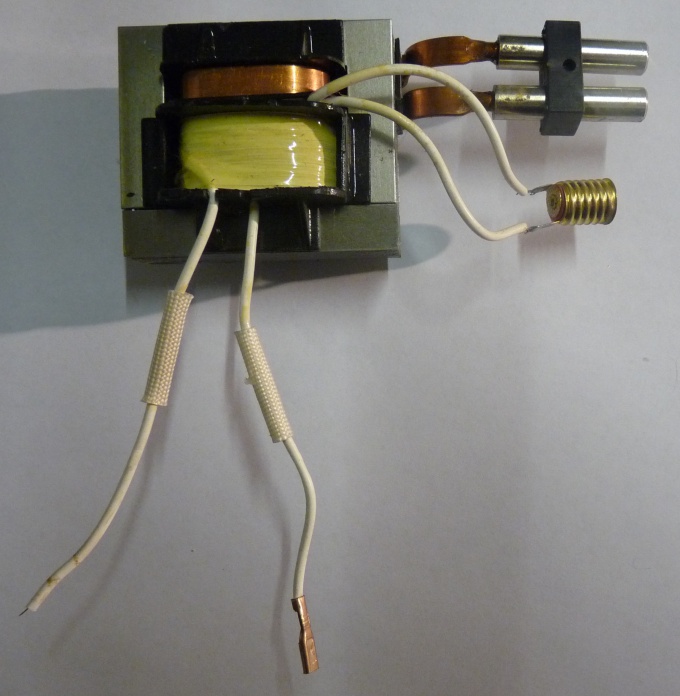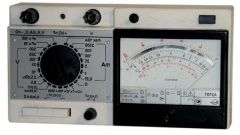Instruction
1
Prepare auxiliary transformer that develops on the secondary winding voltage of about 3 V. It can be, for example, filament winding of the transformer from any damaged device with vacuum-luminescent indicator. In any case do not short-circuit the coil.
2
To test the transformer with an ohmmeter or equivalent device, locate the winding with the least resistance. When measuring, pay attention to the difference even in the fractions of ohms. It contains the least number of turns. When measuring do not touch live parts to eliminate the impact of voltage of self-induction.
3
Apply voltage to 3V with an auxiliary transformer winding with the least number of turns specified above, through the fuse 0.25 A. First, connect the auxiliary transformer with the test, and then apply to auxiliary transformer power supply. His serve also through a fuse of the same amperage. Do not touch the elements of the primary circuit.
4
Parallel winding of the transformer with the least number of turns connect the AC voltmeter. Write down his testimony.
5
Start to connect the same voltmeter to the other windings of the transformer. If necessary, switch the limits. Remember that other windings can act high voltage. Each time write down the readings as well as the location of the conclusions of these windings. Avoid during measurements even momentary short circuits.
6
After finishing the experiment, unplug the auxiliary transformer, and then disassemble the installation.
7
To determine the coefficient of transformation between any two windings of a transformer, divide the voltage on one of them on the voltage on the other. If desired, make a table of coefficients transformation for all combinations of its windings.


